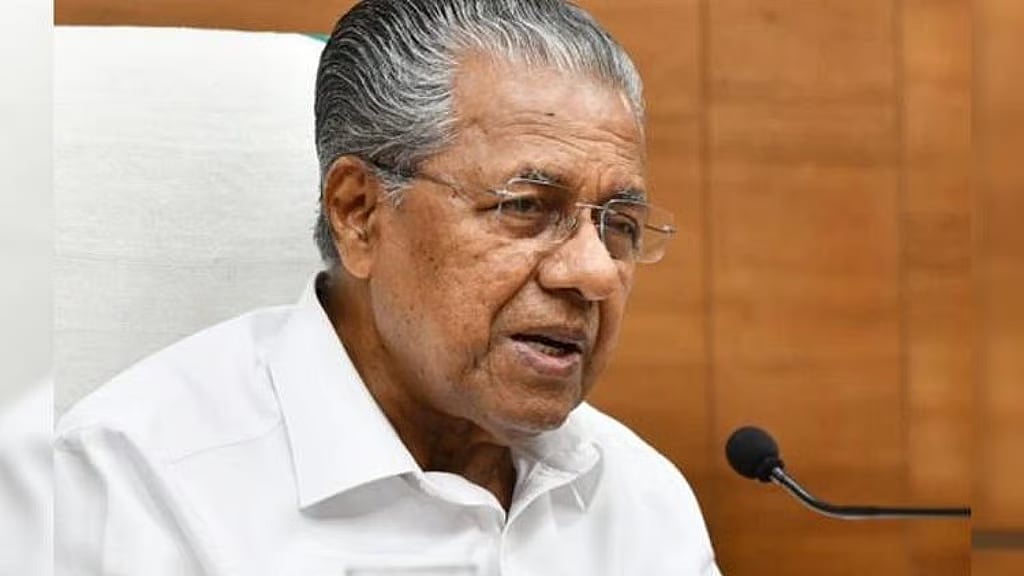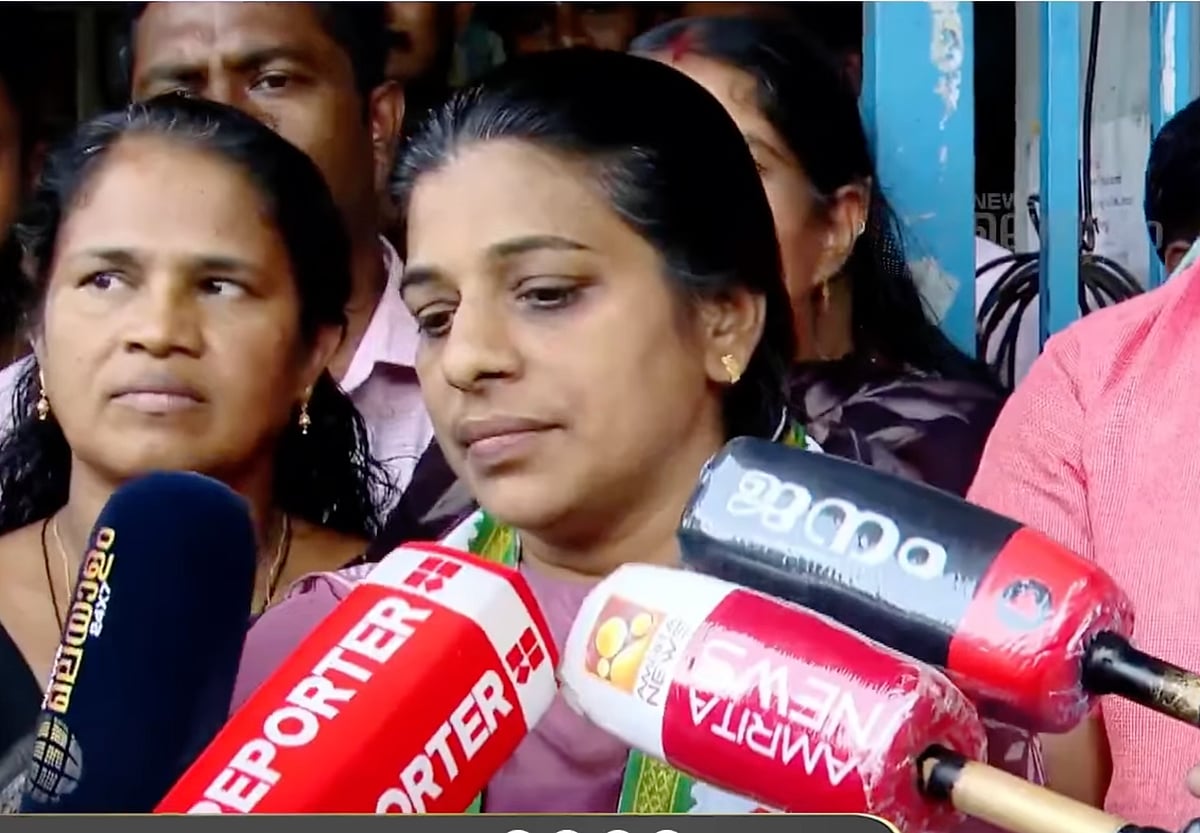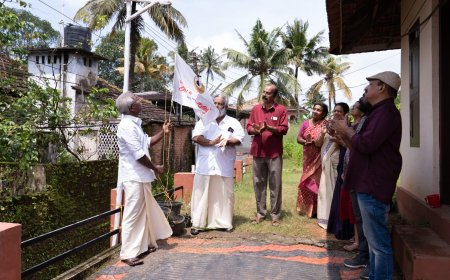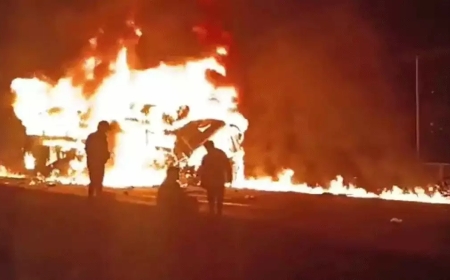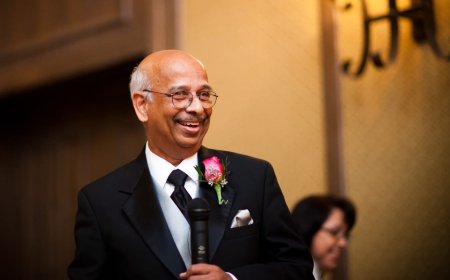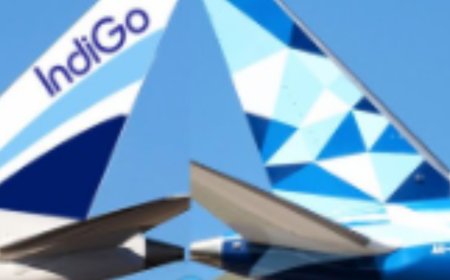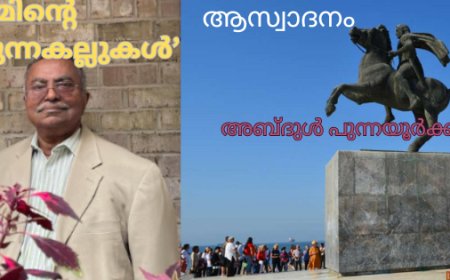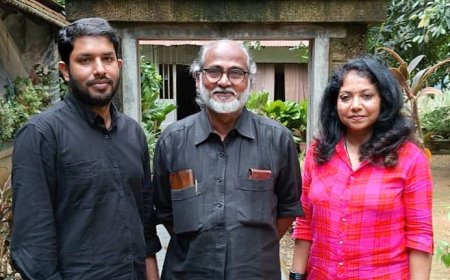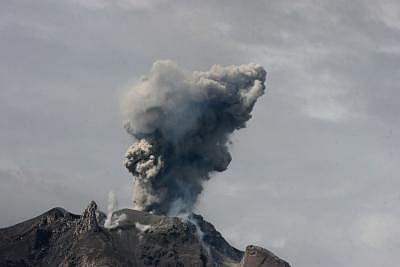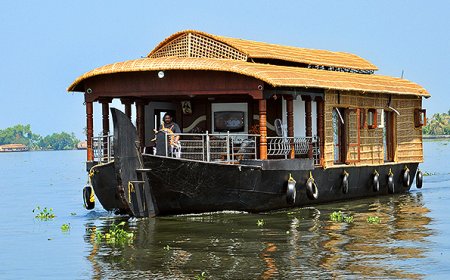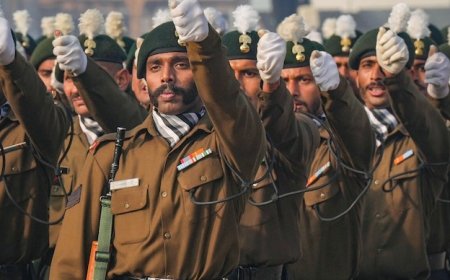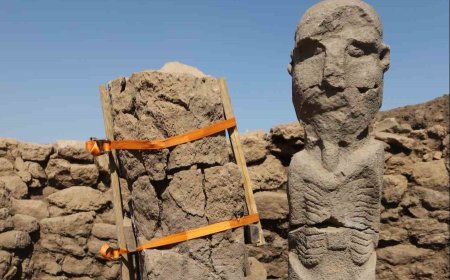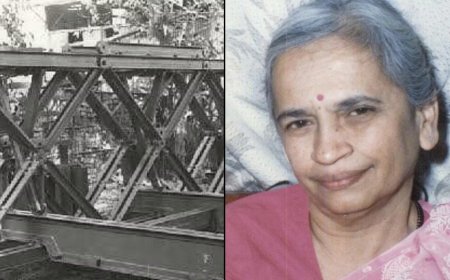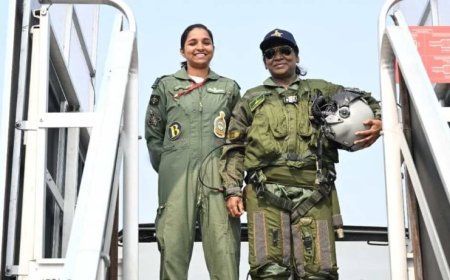Musings: A random thought on the copter crash


By Thomas Kannamala
A random thought on the copter crash. This is a footnote to my `news unedited’ published last week on the Coonoor Chopper crash on October 8, 2021 that killed General Rawat and 13 others.
Among other things, the accident investigation team would meticulously examine if there was any pressure on the pilot to fly despite the inclement weather.
Members of the uniformed services are trained to implicitly obey orders.
I happened to witness it once while flying to Chennai with a group of media persons and IAF officers from Nicobar in the early 1990s.
As we had nothing to do during the 150-minute flight in an AN 32 cargo aircraft with wooden benches on both sides, an officer suggested that we could play rummy. He pulled a huge `mattress’ to the middle of the aircraft.
Suddenly an airman rushed to him and whispered that it was not advisable to sit on the escape dinghy. It is designed to inflate on impact, and he was worried that if we civilians unwittingly fidgeted with some valves or buttons on it, the mattress could inflate and smother all of us against the plane roof.
The `mattress', if impacted with great force, is supposed to transform itself into a dinghy.The Officer smiled, gestured that he would take care of it, and the airman accepted it with a salute...
MISSING PLANE AN 32: I have a fascination for aviation-related news stories. Two `plane missing’ cases continue to baffle me; that of an IAF AN 32 over the Bay of Bengal (July 22, 2016), and the Malaysian passenger Aircraft MH 370 over the South China Sea (March 8, 2014).
In the AN 32 crash, 29 IAF men and in the MH 370 case, 239 persons on board are `presumed dead’. I have a special reason to remember this AN 32.
I was one of the travellers in this twin-engine turboprop cargo carrier along with five other media men and a few IAF officers on a visit to Car Nicobar Island in October 1992.
This place is the northernmost island of Nicobar Islands and primarily for the use of defence forces. Civilian entry is banned.
After the take-off from Tambaram IAF airfield, I was standing behind the pilots most of the time, as in a transport bus, watching flight operations and the sea through the front windshield and the `bubble.’ Bubble is a tubular glass cage jutting out on the plane’s left side below the pilot’s seat.
A lookout person is inside to identify landmarks on the flight path, and locate the landing area. We covered the distance in about three hours. I learnt from the pilot Kuldip Singh that we flew at an average 400 kmph at an altitude of over 12,500 ft - two to three thousand ft. above the routine flight altitude of a helicopter.
In the cloudless morning sun, I could clearly see the ships and trawlers. It appeared to be a busy sea route. It must have been busier 24 years later when the stricken aircraft plunged into the sea. I wonder why no seafarers in the vicinity had noticed the huge aircraft falling into the sea around 9 a.m. on that fateful day.
Two weeks after the IAF plane mishap, a sensational Rs. 5.78 crore cash robbery from the Chennai-bound running train was reported. The robber gang drilled a hole in the bogie roof, dropped into the luggage van, and escaped with the cash.
As there was no clue despite two years of intense police probe, the government sought NASA help. Based on the NASA pictures, the culprits were arrested. The Salem train robbery case on August 8, 2016 has proved that many satellites are on the global watch.
Is it not possible that some such satellites watching full time on this planet would have recorded the flight paths of the two missing planes as well?


